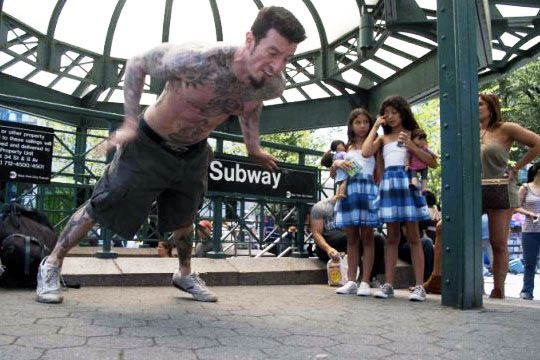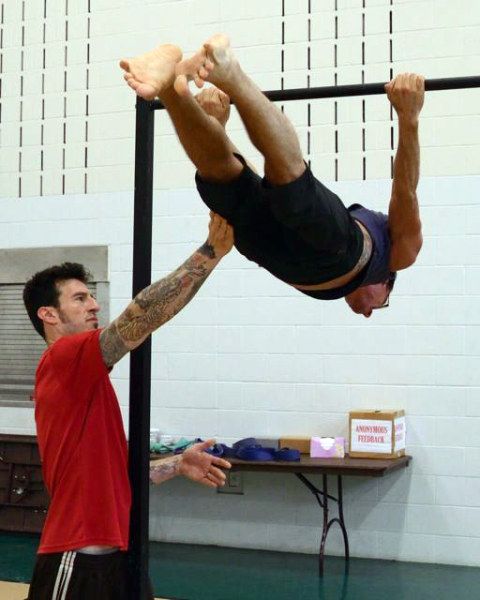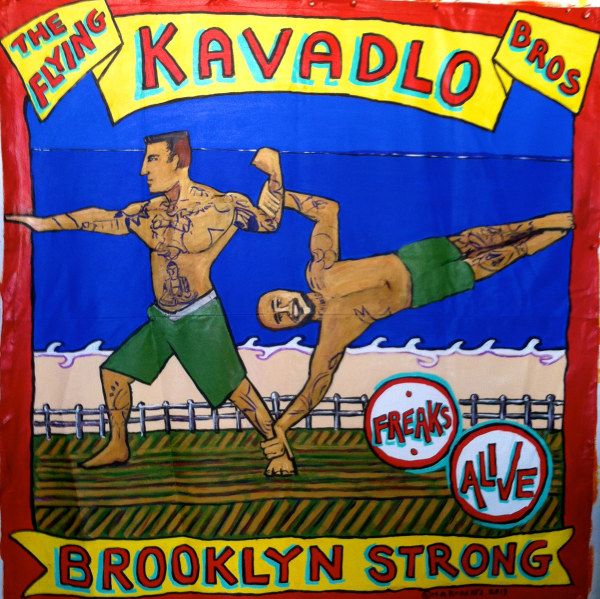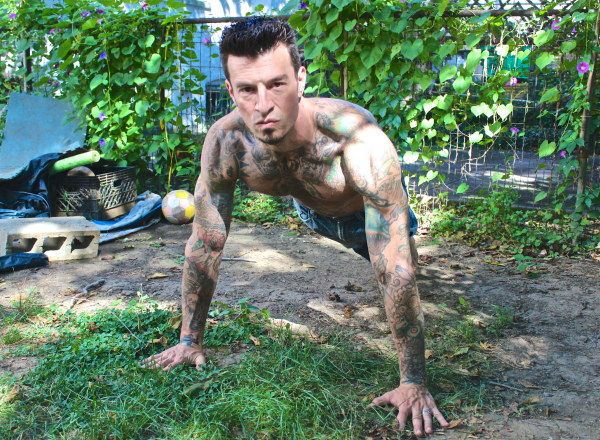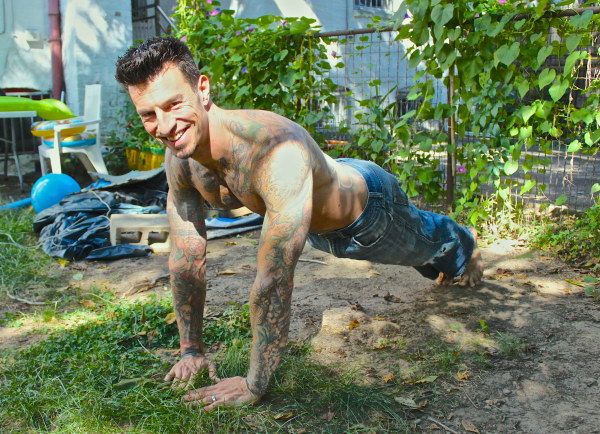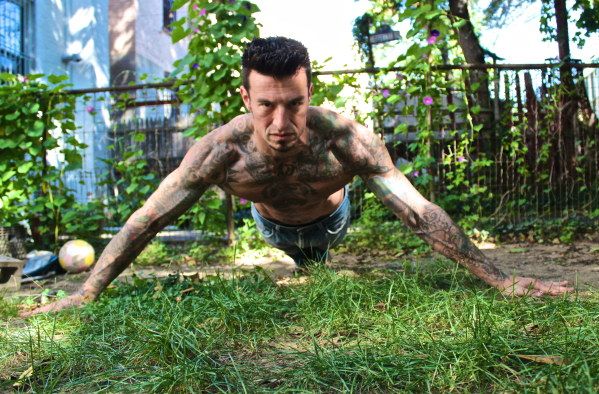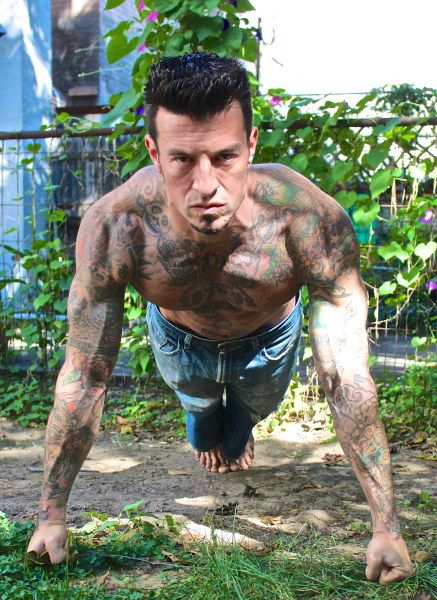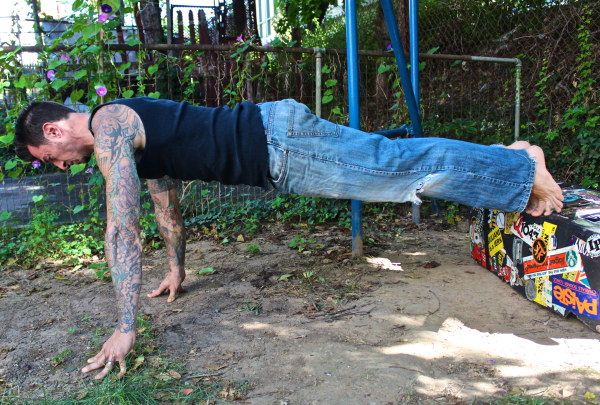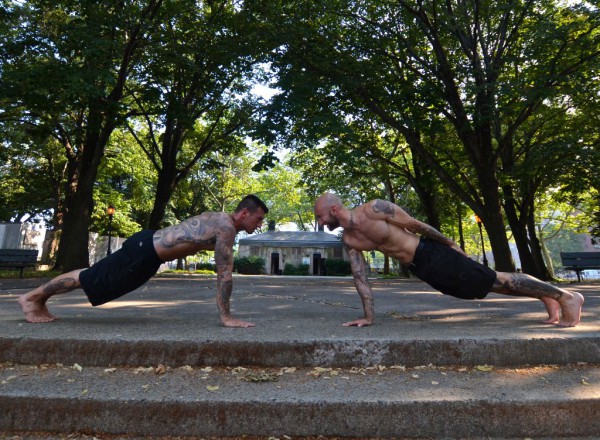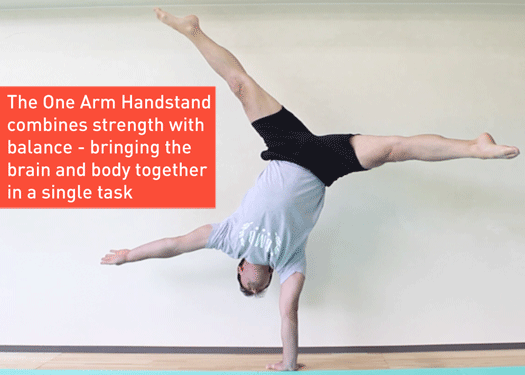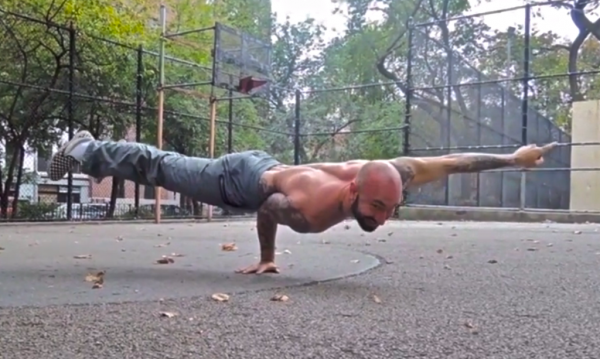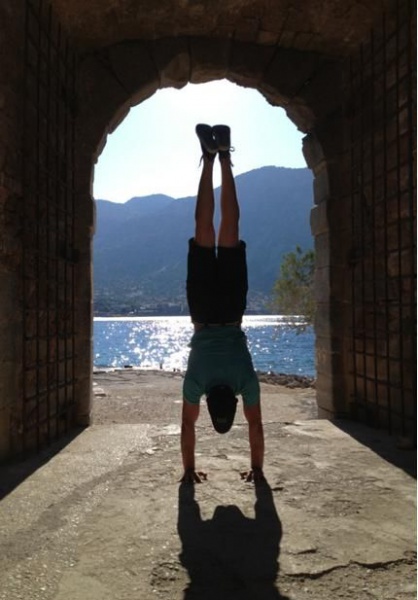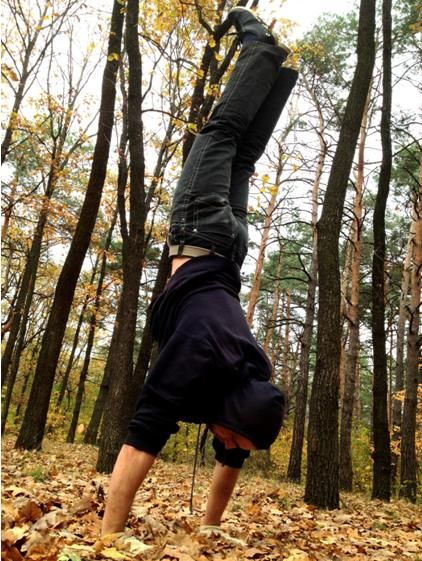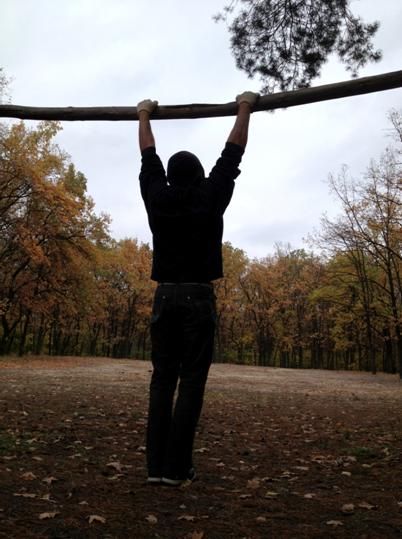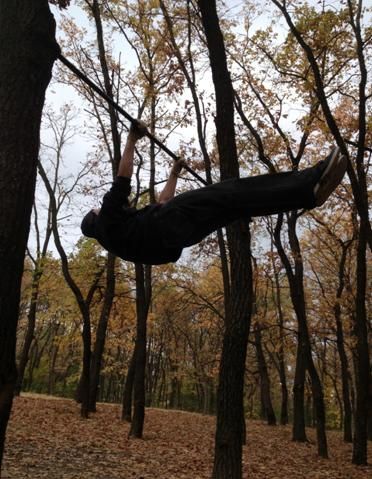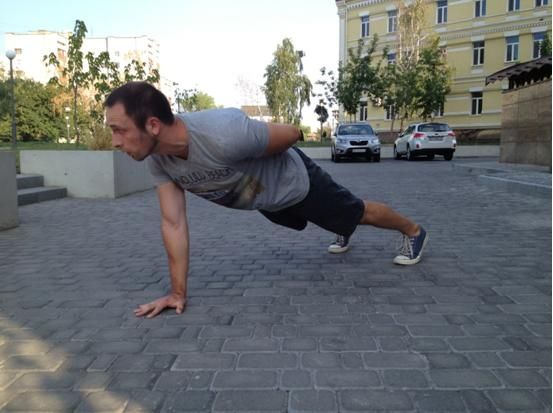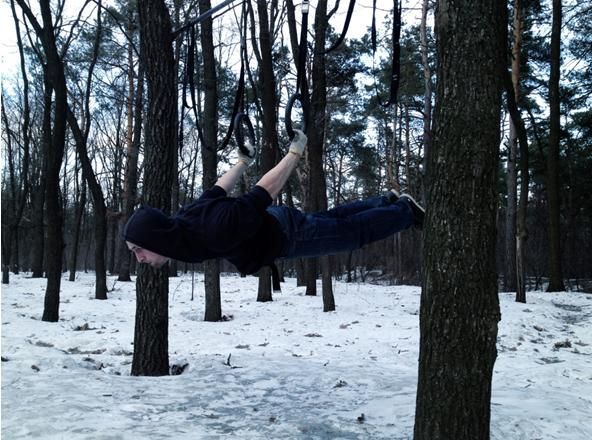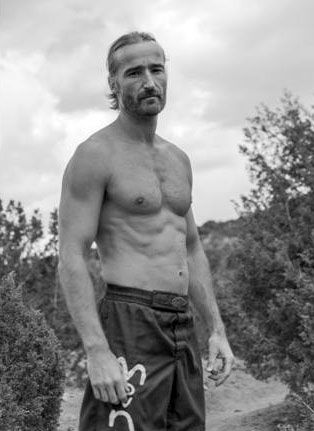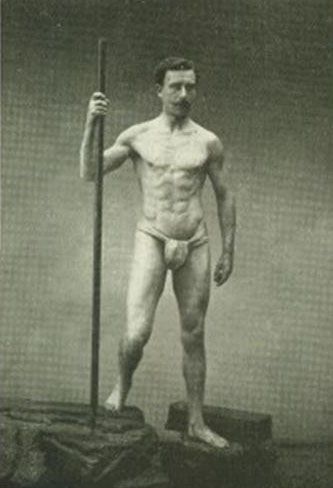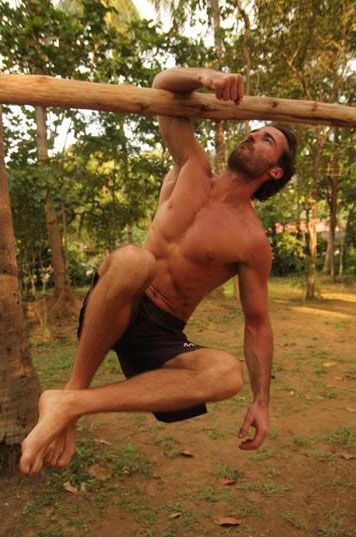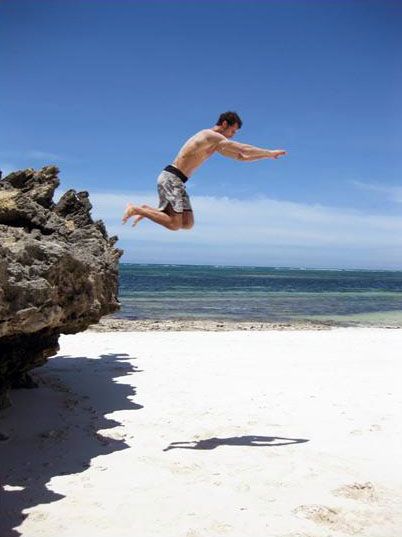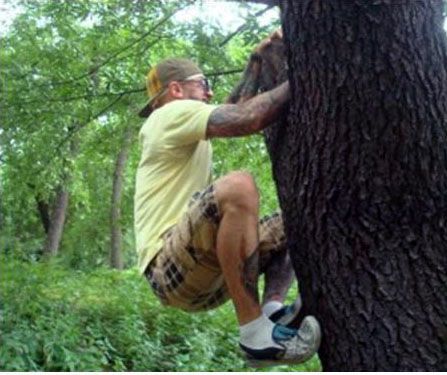As 2013 winds down and I reflect on the days and months behind me, I find that it’s impossible for me to go a moment without mentally celebrating the launch of the Progressive Calisthenics Certification. From the United States to Sweden (and soon to Australia, Ireland and more), the energy and talent that fills these rooms is simply magnificent. It is almost becoming a common occurrence to witness amazing feats, such as a first ever muscle-up, back lever, or pistol squat. As mind-boggling as that seems, these spectacular displays of strength, balance, and sheer training ethic are becoming what could almost be considered “normal.”
But it isn’t. Not to most.
The truth is that in the world of commercial fitness, these feats are about as far out as it comes. With machines comprised of shining stacks on sliding tracks have become the standard, our simplicity is bold like a ruby in a pile of rocks. We stand proud, defiantly deviating from product-based workouts encouraged by the man. Given the tightness of the calisthenics community, it is sometimes easy to forget how far we fall from the mainstream. We’re not looking for 7-minute abs and 21 day transformations. We seek something more. We are on the outskirts of physical culture, the edge of the norm. Dammit, we are the freaks and geeks of fitness!
So, what does that have to do with the Week of a Thousand Push-ups? Well, quite a bit. Even though the noble push-up is one of the most popular—and best—upper body exercise of all time, like the room full of Personal Records at the PCC events, the thought of doing nothing but a thousand push-ups for a week would blow most people’s minds. But that is exactly what my personal training client Mike did recently. As you know by now, we are definitely not “most people.”
Mike’s Story
Mike was going out of town for a week and planned on continuing his training even though we would not be meeting. We have trained twice a week for years and he is serious. On this particular business trip, his time was limited and he was going to be without a gym, bicycle, or pull-up bar. Although my personal clients know better than to make excuses, they are sometimes uncertain of what to do without me. I am often asked some version of “what should I do while I’m out of town?”, to which I generally reply: “Keep it basic–squat, push-up, pull-up.”
But this time Mike already had an idea in mind… and it was more basic and brilliant than I could have imagined!
“The week of a thousand push-ups,” he said.
The way it came out of his mouth, I thought it was a movie title: Simple. Concise. Even catchy.
Mike had it figured like this. There are seven days in the week, therefor an average of over 143 per day would put him at a numeric advantage. He intended to keep his plan as simple as possible, doing his first set to failure every day, then doing recurring sets throughout the day until he surpassed his daily goal 143.
Though it’s nice to start with a plan, like many activities in life, it’s often best to improvise. As I would have done under the same circumstances, Mike changed his intended plan throughout the week. Some days, he did indeed go til failure on his first set; others, he did multiple sets of twenty or thirty throughout the day. There were days of over 300 push-ups before noon. There were also days where he barely met his goal. There are many ways to skin a cat.
Needless, to say, my man Big Mike wound up doing way over the thousand push-ups he planned on! (The next time I saw him, we trained legs.)
Keepin’ It Real
Prior to his week of a thousand push-ups, Mike informed me that to “keep an even playing field’” he would be doing only push-ups of the classic variety—feet together, two handed, no incline. He explained that this method would eliminate the temptation to switch to easier variations if his goal of 1,000 proved too challenging. I respect his decision. The classic push-up is honest, strong and true. It’s a classic for a reason.
However, there’s also something to be said mixing it up, in push-ups and life.
Mix-Master Mania
Any one who truly knows me is well aware of my passion for the push-up in all of its wonderful forms. From the fragility of knee push-ups, to the muscular methods of plyos, to me, every single type of push-up has an art and beauty intrinsic to it that makes it stand on its own.
We already discussed some training techniques and methods (Divide evenly, go until failure, multiple daily sets), but what about different kinds of push-ups?
Although some push-up varieties are more challenging than others, it can be fun to do a thousand push-ups of several variations. Have fun and be creative. Mix it up! Here are just a few of my favorites:
The narrow grip push-up, shown here, places more emphasis on the arms.
The wide push-up is also a great variation and is a precursor to archer push-up.
Doing push-ups on your fists places a unique challenge on your hands, and extends the range of motion of your push-ups.
Get creative. Employing inclines is an excellent way to step up your game. Combine this method with different grips (like fingertips) for an added challenge. Have fun with it. The sky’s the limit!
As with the Week of a Thousand Push-ups, Mike and I have continued to keep our training exciting and, of course, effective. That’s what it’s all about. As is often the case, the client inspired me!
***
Danny Kavadlo is one of the world’s most established and respected personal trainers. He is a Master Instructor of Progressive Calisthenics and the author of Everybody Needs Training: Proven Success Secrets for the Professional Fitness Trainer. A true in-person experience, Danny is known globally as a motivator and leader in the body-weight community. Learn more about Danny at: www.DannyTheTrainer.com.
